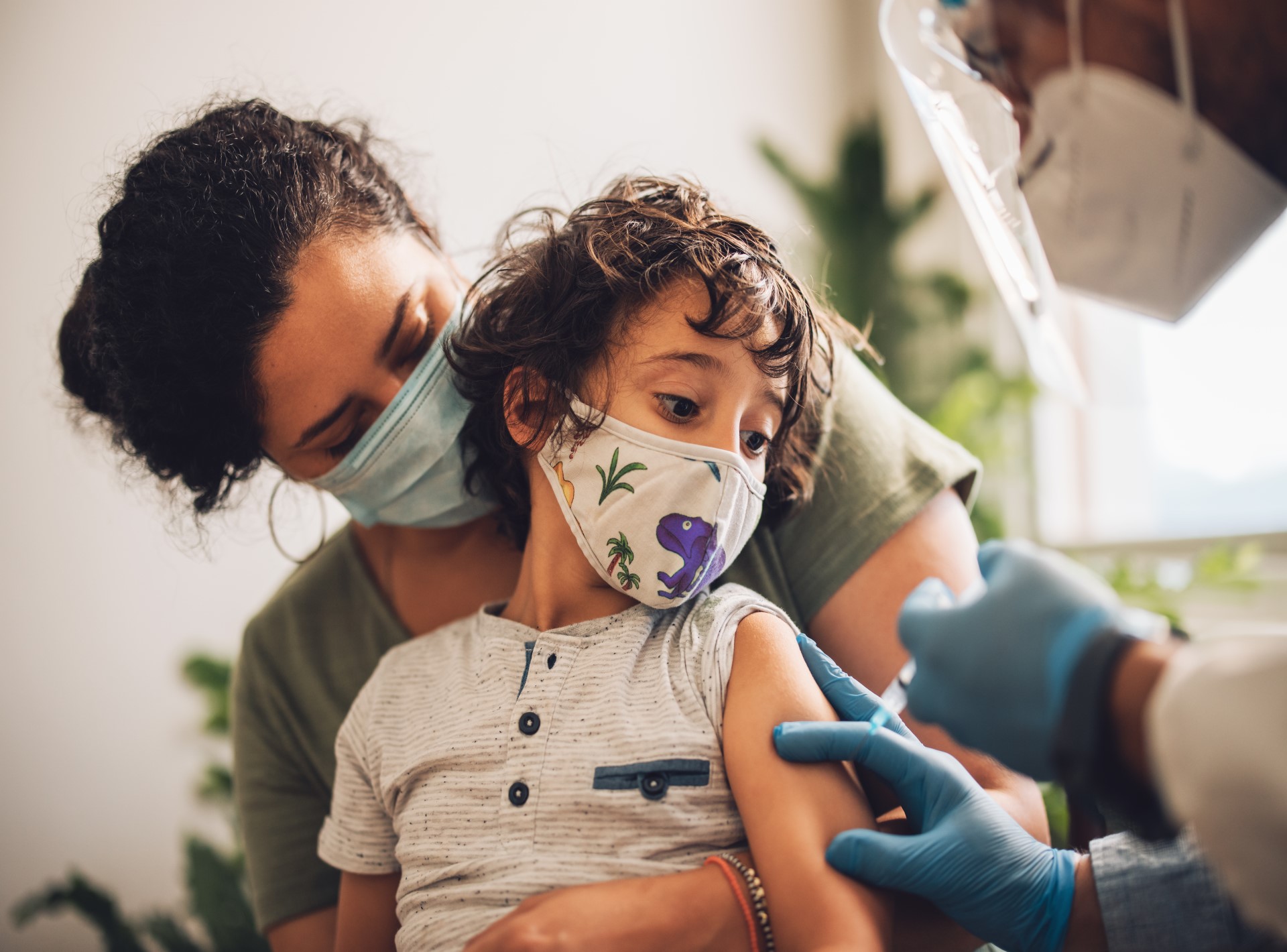 Almost half (46.2%) of adults in Australia were estimated to have had COVID by early June 2022, according to the Kirby Institute’s latest serosurvey of blood donors.
Almost half (46.2%) of adults in Australia were estimated to have had COVID by early June 2022, according to the Kirby Institute’s latest serosurvey of blood donors.
Released July 27th, the findings show that more than a quarter of the population was infected in the last three-month period, with WA recording an increase from 0.5% to 37.5%.
Evidence of past infection was highest among donors in the 18–29-year age group, at 61.7%, declining with increasing age to 25.7% in donors aged 70–89 years across Victoria, NSW, Queensland, and WA.
Dr Dorothy Machalek from the Kirby Institute explained that the latest figures have almost tripled what was reported in the previous survey, which estimated that around 17% of the Australian population had been infected by late February.
“While we know there is a lot of virus circulating in the community, we can’t rely on testing data alone to understand how many people have been infected, as some may experience only mild symptoms, or none at all, and they may not always have a test to detect the virus,” Dr Machalek said.
“There is also high use of rapid antigen tests, which don’t always get reported.
“These serosurveys provide a more complete picture of how much COVID is out there because they measure antibodies to the virus, created when the body’s immune system responds to infection, that remain present for many months afterwards.”
The researchers examined 5,139 de-identified samples from Australian blood donors aged 18–89, collected between the 9-18 June 2022, testing for two types of antibodies: nucleocapsid protein antibodies, that provide an indication of infection in the past few months, and antibodies for spike protein, which can indicate past infection and/or vaccination.
The results coincide with the findings from the latest AusVaxSafety-led research, which showed that Australian children aged 5–15 years reported fewer side effects in the days following mRNA COVID vaccination than the rates reported in both clinical trials and published safety data.
Lead author Associate Professor Nick Wood, the Associate Director of Clinical Services and Vaccine Safety at the National Centre for Immunisation Research and Surveillance, explained that the results of the analysis of Australian data (comprising 392,268 survey responses) were extremely reassuring.
“Side effect rates in children aged 5–11 years are below what has been observed internationally for this age group,” Professor Wood said.
“Importantly fever, which is a concern in children under 6 years of age due to the potential for febrile seizures, was low in the youngest age group and similar to that seen following annual influenza vaccination.
“No self-reported cases of myocarditis or pericarditis were identified in this study and these data provide confidence to parents on the safety of mRNA COVID vaccines used in Australia.”
Both teams noted that the best protection against serious illness from COVID was to be up to date with vaccinations and boosters, in line with current recommendations.

